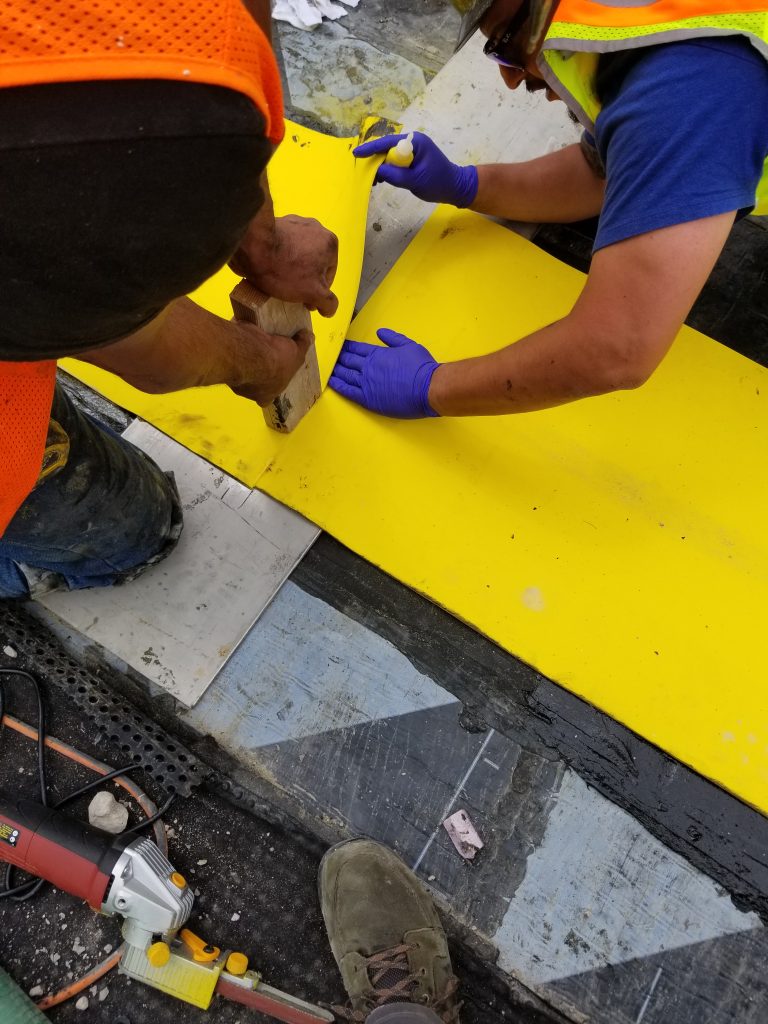Below-grade expansion joint waterproofing: A starter guide for designers

Structural engineers often require below-grade expansion joints to accommodate the independent movement of adjacent elements such as basement foundations, tunnels, parking garages, or utility vaults. Unlike above-grade systems, below-grade waterproofing and expansion joint design faces higher risks of water intrusion due to hydrostatic pressure, soil movement, and runoff conditions. Because these systems are buried behind concrete and soil, repairs are costly and disruptive, making early planning and proper product selection essential.
This article explores the factors influencing below-grade expansion joint waterproofing design, compares common system options, and offers best practices for architects, engineers, and contractors to mitigate common expansion joint constructability issues.
Publisher
Building Design + Construction